Home>Others>Specialized Home Improvement Topics>How To Organize Your Keys
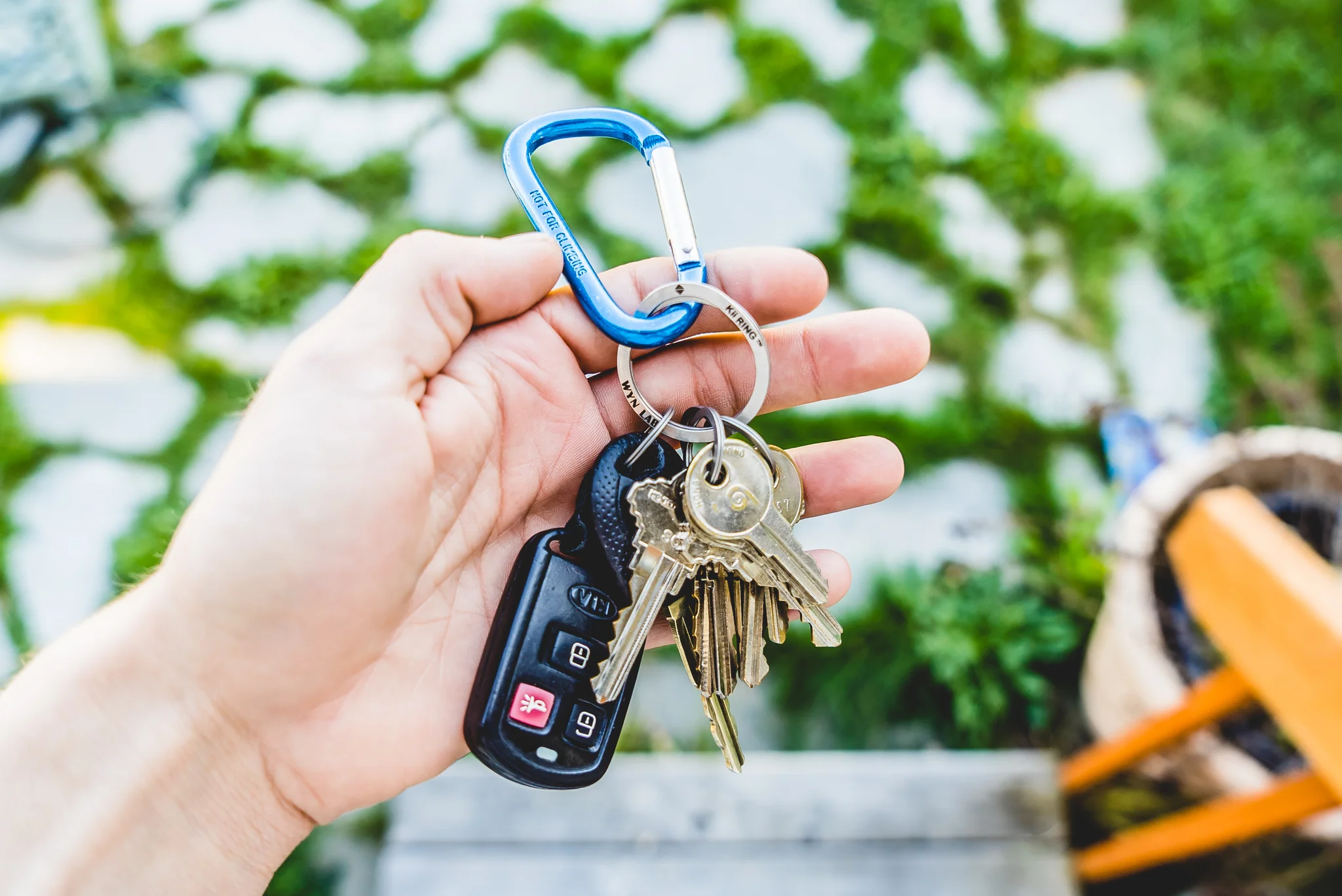

Specialized Home Improvement Topics
How To Organize Your Keys
Published: March 2, 2024
Discover the best tips for organizing your keys and keeping them in order at home. Find specialized home improvement topics to help you stay organized and efficient.
(Many of the links in this article redirect to a specific reviewed product. Your purchase of these products through affiliate links helps to generate commission for Storables.com, at no extra cost. Learn more)
Importance of Key Organization
Key organization is an essential aspect of maintaining a well-structured and efficient living or working space. Organizing your keys not only helps in keeping track of them but also saves time and frustration. Imagine fumbling through a bunch of unmarked keys every time you need to unlock a door or start your car. It can be quite a hassle, right? That's why having a system in place for key organization can make your daily life much smoother and stress-free.
Key Takeaways:
- Keep track of your keys to save time and avoid frustration. Organize and label them to prevent misplacement and potential security risks. It’s like having a treasure map for your everyday adventures!
- Establish a key management system to maintain order and security. Assign responsibilities, track key usage, and implement security measures. It’s like being the guardian of a secret fortress!
Read more: How To Find Your Wireless Security Key
Common Problems with Unorganized Keys
-
Difficulty in Identifying Keys: When keys are not organized, it can be challenging to identify which key is for which lock. This can lead to frustration and wasted time, especially when you are in a hurry.
-
Risk of Misplacement: Unorganized keys are more likely to be misplaced or lost. Without a designated spot for each key, they can easily end up in the wrong place, leading to unnecessary stress and inconvenience.
-
Potential Security Risks: If keys are not properly organized, there is a higher risk of unauthorized access to your property. Lost or misplaced keys could end up in the wrong hands, compromising the security of your home or office.
-
Wear and Tear: When keys are jumbled together without proper organization, they are prone to rubbing against each other, leading to wear and tear. This can result in keys becoming less effective over time and may require replacement sooner than expected.
-
Clutter and Disorganization: A bunch of unorganized keys can contribute to overall clutter and disorganization in your living or working space. It can create a messy and chaotic environment, making it difficult to find what you need when you need it.
Tips for Sorting and Labeling Keys
Sorting and labeling your keys is a crucial step in key organization. Here are some helpful tips to streamline this process:
-
Key Identification: Start by laying out all your keys and identifying their purpose. Separate keys for your home, office, car, garage, or any other locks you need to access regularly.
-
Labeling: Once you have identified each key, use a reliable labeling system to distinguish them. You can use color-coded key caps, key tags, or simply label them with a permanent marker. Make sure the labels are clear and easy to read.
-
Key Rings: Invest in sturdy and reliable key rings to keep your keys together. There are various types of key rings available, including traditional split rings, snap hook rings, and carabiner-style rings. Choose the one that best suits your needs.
-
Key Organization Tools: Consider using a key organizer or holder to keep your keys neatly arranged. There are compact key organizers available that can hold multiple keys in a secure and organized manner.
-
Key Tracking Apps: If you have multiple keys and struggle to keep track of them, consider using a key tracking app. These apps allow you to create a digital inventory of your keys, complete with labels and descriptions. Some apps even offer features to remind you when a key is due for return or replacement.
-
Backup Keys: It's always a good idea to have backup keys for your most important locks. Label and store these backup keys in a safe and easily accessible place, such as a secure key box or a designated drawer.
-
Regular Maintenance: Periodically review and update your key organization system. Remove any keys that are no longer in use and update labels as needed. This will help ensure that your key organization remains efficient and up to date.
By implementing these tips for sorting and labeling your keys, you can establish a well-organized and easily manageable key system, saving you time and frustration in the long run.
Consider using a key organizer or key rack to keep your keys in one place. Label each key to easily identify them and consider using a keychain to separate different sets of keys.
Key Storage Solutions
When it comes to key storage solutions, there are various options to consider, depending on your specific needs and preferences. Here are some effective key storage solutions to help you keep your keys secure and organized:
-
Key Cabinets: Key cabinets are a popular choice for businesses, offices, and commercial properties. These cabinets are equipped with hooks or slots to hang multiple keys securely. They often come with key locks or combination locks to ensure that only authorized individuals can access the keys.
-
Key Safes: Key safes, also known as key lockboxes, provide a secure and weatherproof storage solution for keys. They are commonly used for outdoor key storage, such as for real estate agents, rental properties, or emergency access. Key safes are typically mounted to a wall or a sturdy surface and require a combination or digital code to open.
-
Wall-Mounted Key Holders: Wall-mounted key holders are a convenient and decorative way to store keys in residential settings. These holders come in various designs and can be installed near entryways for easy access. Some wall-mounted key holders also feature additional hooks for other items such as hats, coats, or dog leashes.
-
Key Organizers: Key organizers are compact and portable solutions for keeping keys neatly arranged. These organizers often utilize a folding mechanism or a compact case to hold multiple keys in a secure and organized manner. They are ideal for individuals who need to carry multiple keys on a daily basis.
-
Key Racks: Key racks are simple yet effective key storage solutions that can be mounted on walls or placed on tabletops. They feature multiple hooks or slots to hang keys and are available in various sizes and designs to complement different decor styles.
-
Key Boxes: Key boxes are lockable containers designed to store multiple keys securely. They are commonly used in residential and commercial settings to keep spare keys, access cards, or key fobs. Key boxes are available in different sizes and can be mounted to a wall or placed on a flat surface.
-
Smart Key Storage Systems: With advancements in technology, smart key storage systems have become increasingly popular. These systems often utilize biometric authentication, digital access codes, or smartphone connectivity to provide secure and convenient key storage and access.
By exploring these key storage solutions, you can find the most suitable option to meet your specific organizational and security needs. Whether it's for personal use, business operations, or property management, having the right key storage solution in place can contribute to a more efficient and secure environment.
Creating a Key Management System
Creating a robust key management system is essential for maintaining order and security. Here are the steps to establish an effective key management system:
-
Inventory Assessment: Begin by conducting a comprehensive inventory assessment of all the keys in your possession. This includes keys for your home, office, vehicles, storage units, and any other relevant locks. Take note of the types of locks each key corresponds to and their frequency of use.
-
Key Identification and Labeling: Once you have a clear inventory, identify and label each key accordingly. Use a consistent and easily understandable labeling system to avoid confusion. Color-coded key caps, key tags, or engraved labels can be used for quick identification.
-
Key Holder Assignment: Determine who will be responsible for specific sets of keys. In a household, each family member may have designated keys, while in a business or organization, key holders may be assigned based on roles and responsibilities.
-
Key Access Control: Establish strict access control measures for sensitive keys. This may involve limiting access to certain keys to authorized personnel only. Consider implementing a sign-in and sign-out procedure for keys that are frequently used or shared among multiple individuals.
-
Key Tracking and Documentation: Maintain a detailed log or digital record of key usage. This can include information on when keys are checked out, returned, or transferred between individuals. Keeping a record helps in tracking key movements and identifying any discrepancies.
-
Security Measures: Implement security measures to safeguard keys from unauthorized access. This may involve using secure key storage solutions such as key cabinets, safes, or smart key storage systems. Additionally, consider installing surveillance cameras or access control systems in areas where keys are stored.
-
Regular Audits and Maintenance: Conduct regular audits of your key management system to ensure its effectiveness. Remove any redundant or obsolete keys from the system and update labels as necessary. Perform maintenance checks on key storage solutions to ensure they are in good working condition.
-
Emergency Protocols: Establish emergency protocols for lost or stolen keys. Have a clear procedure in place for reporting and addressing such incidents. This may involve changing locks, reissuing keys, or updating access codes to mitigate security risks.
By following these steps, you can create a well-structured key management system that promotes organization, accountability, and security. Whether it's for personal use or within a professional setting, a well-managed key system contributes to a more efficient and secure environment.
Frequently Asked Questions about How To Organize Your Keys
Was this page helpful?
At Storables.com, we guarantee accurate and reliable information. Our content, validated by Expert Board Contributors, is crafted following stringent Editorial Policies. We're committed to providing you with well-researched, expert-backed insights for all your informational needs.
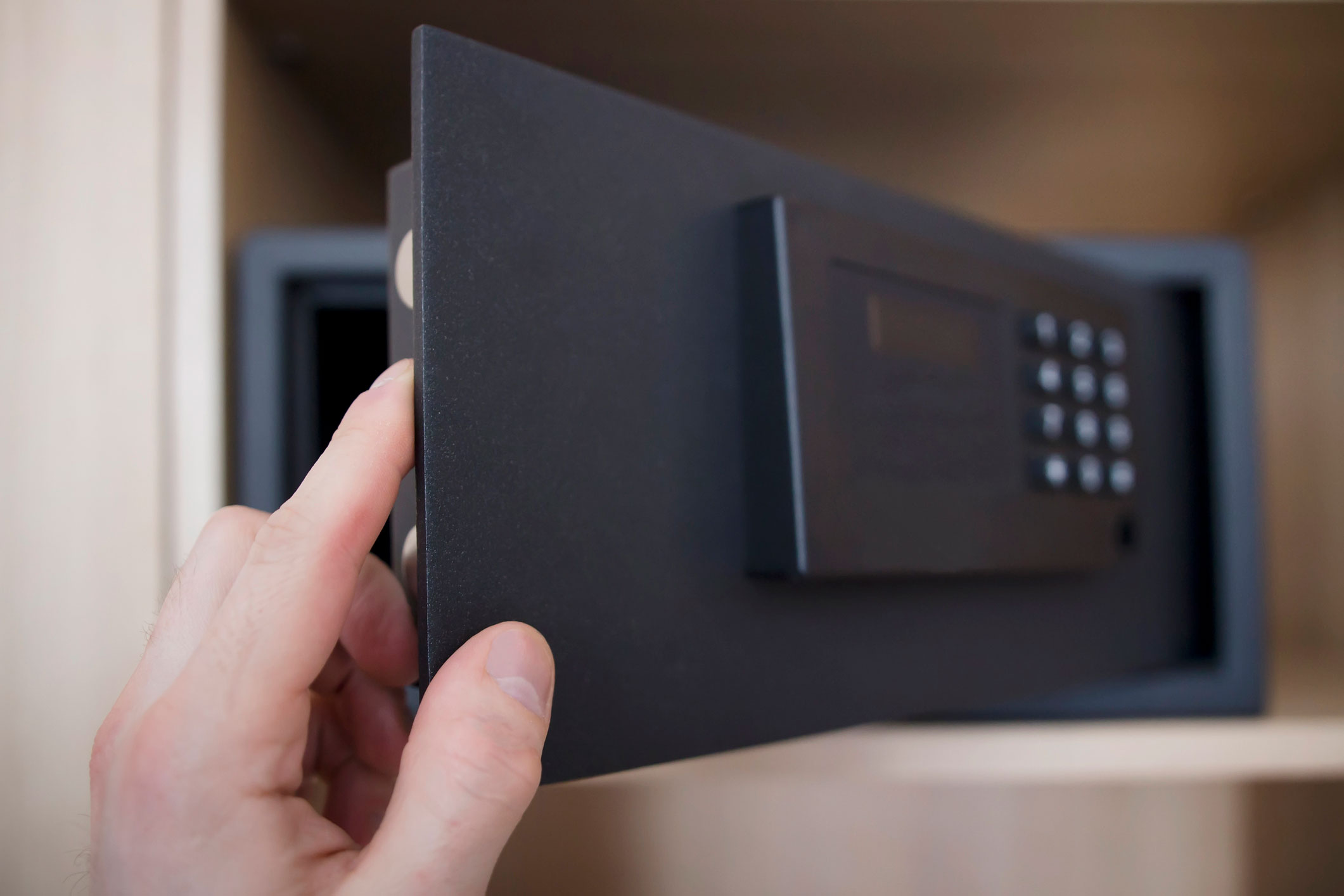


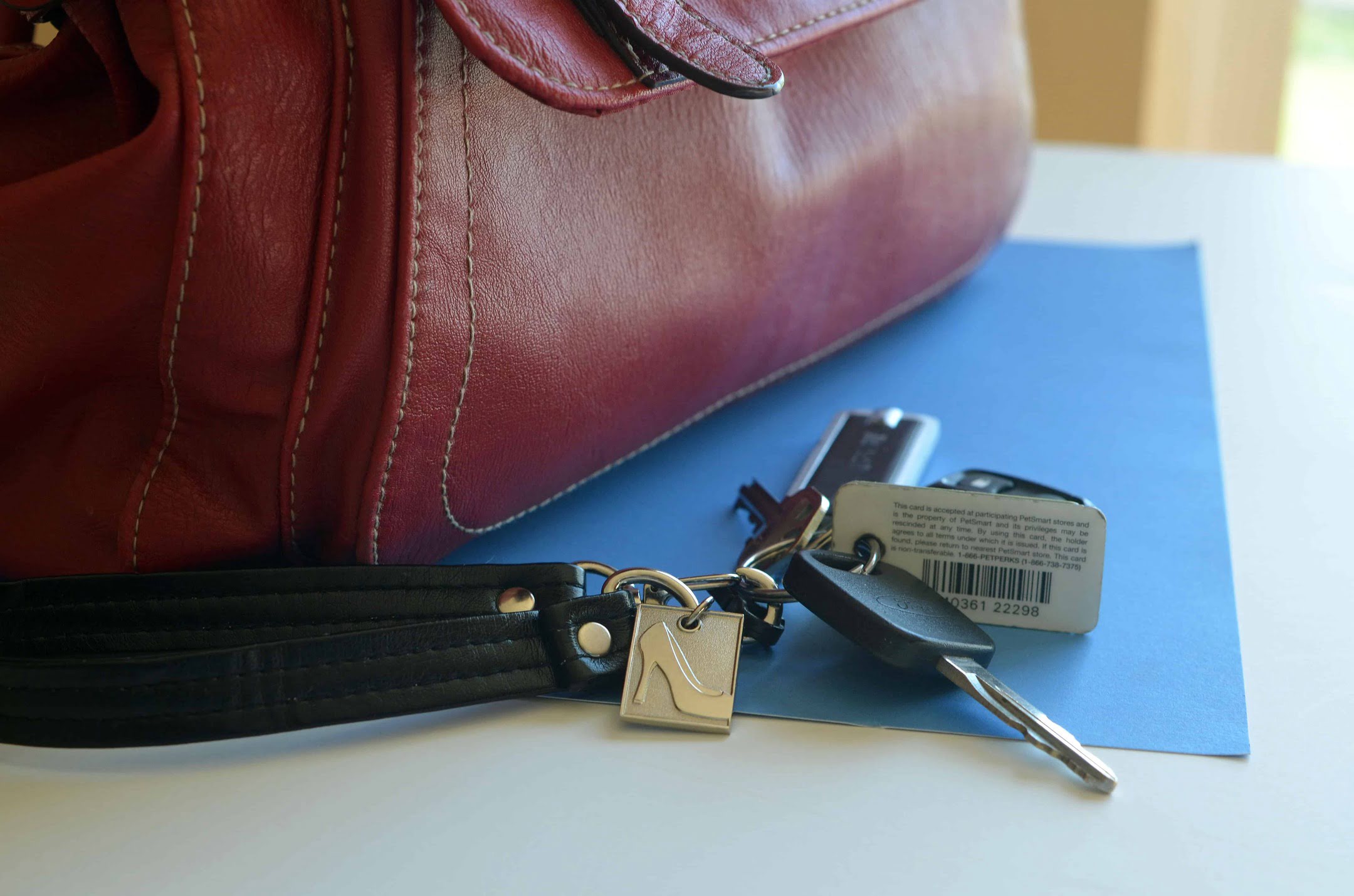


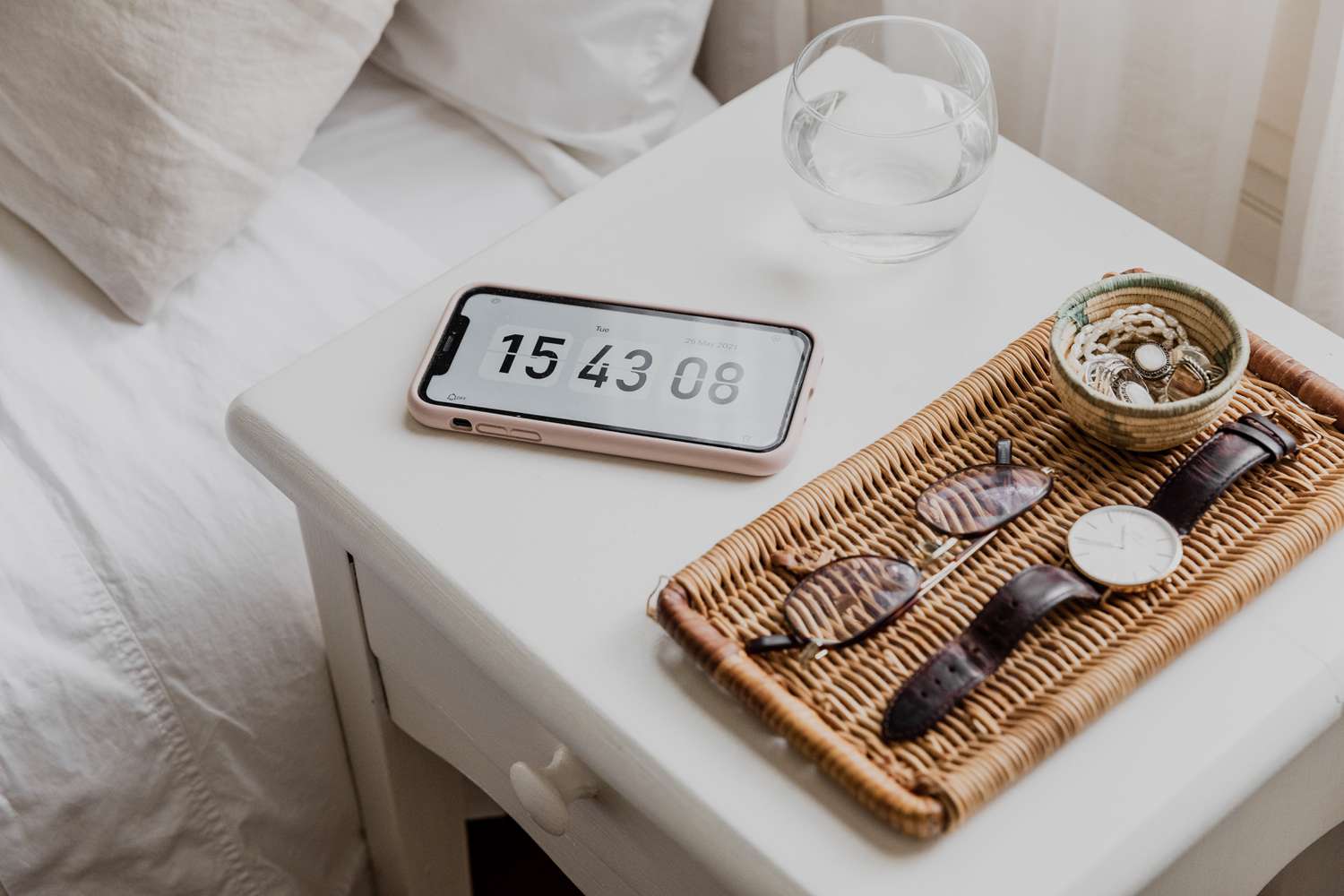

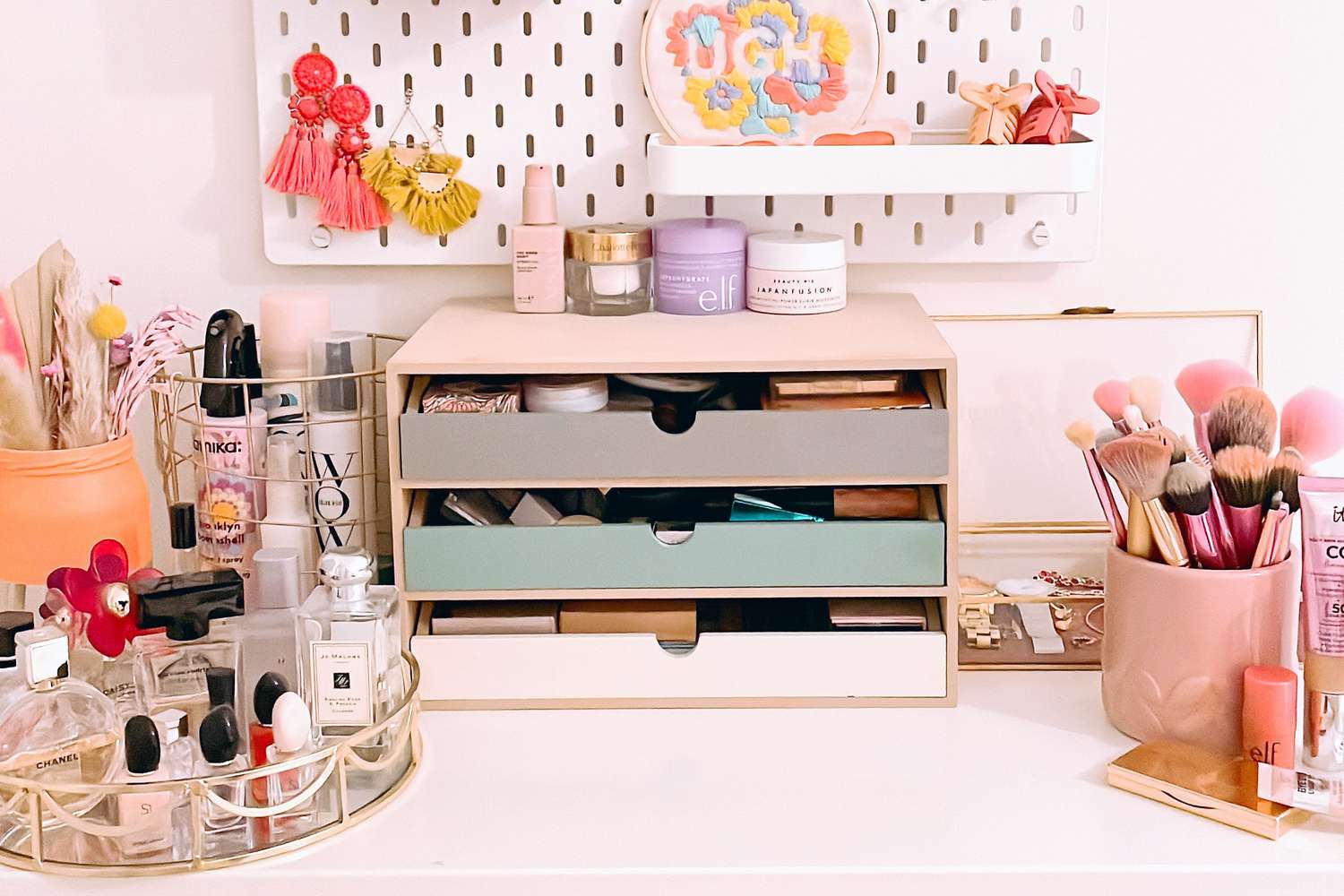
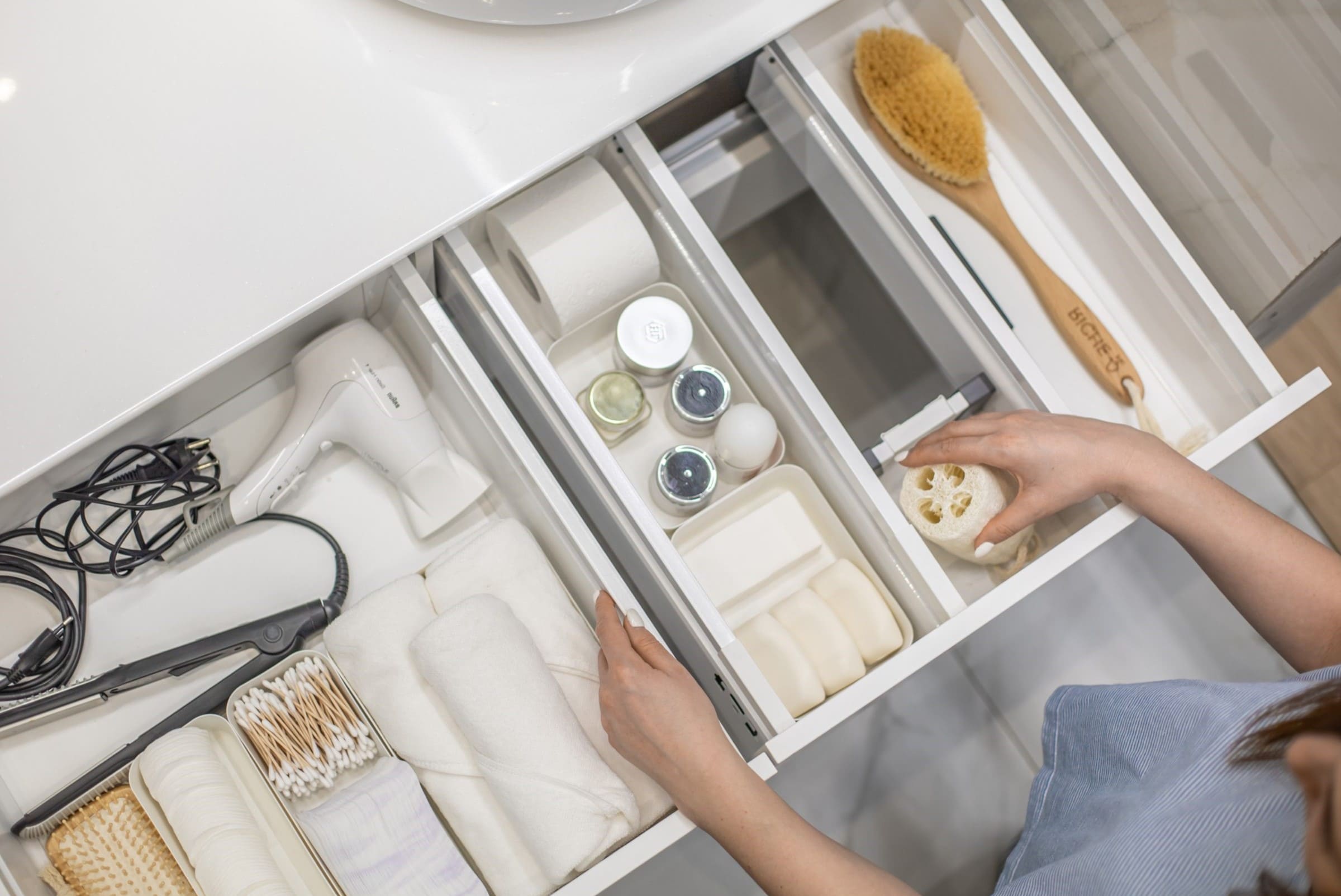




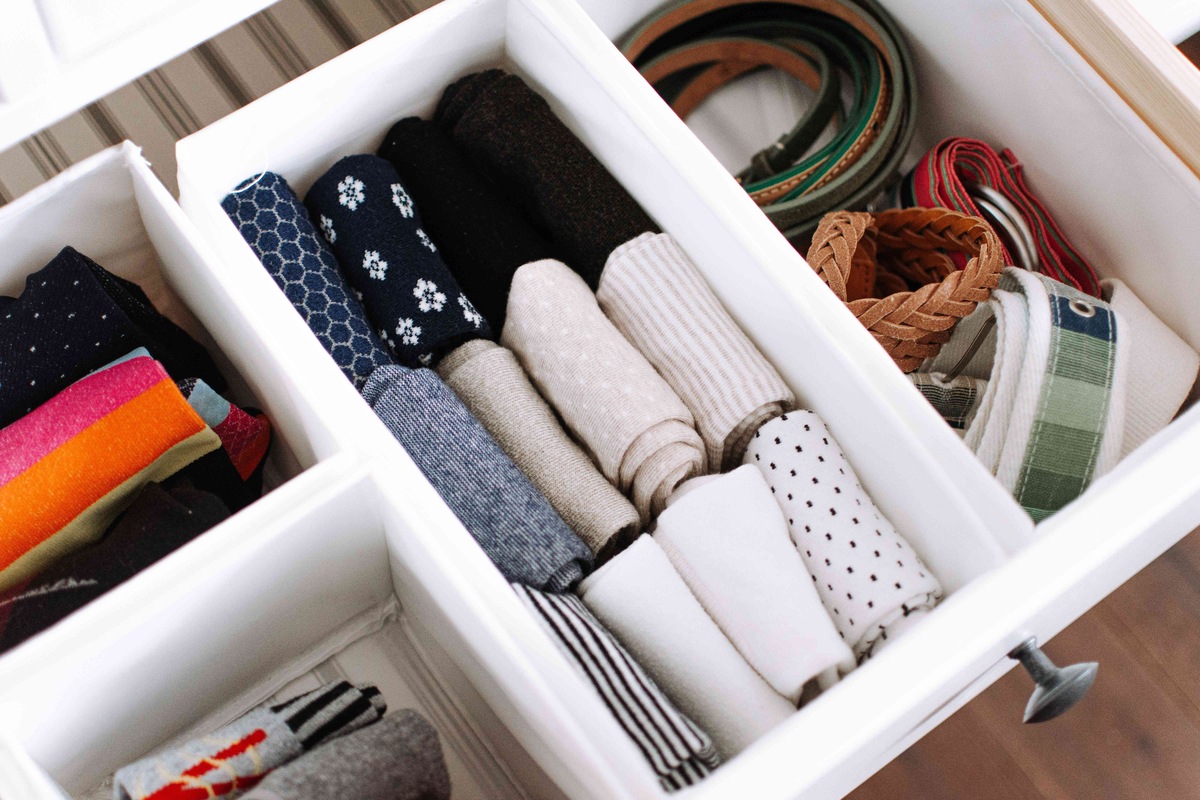

0 thoughts on “How To Organize Your Keys”